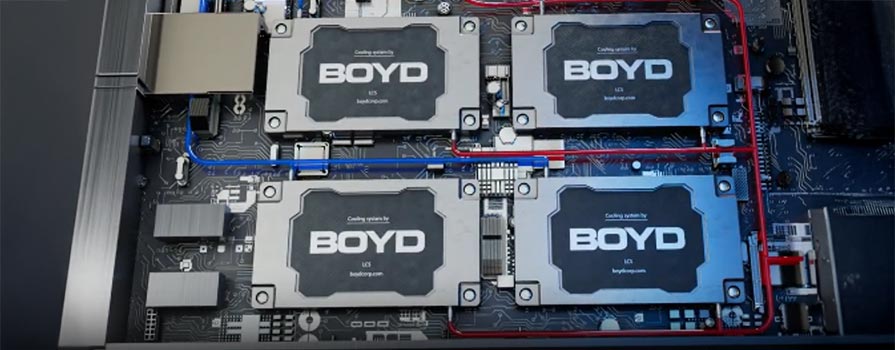Transdermal patches are efficient and non-invasive wearable medicine delivery systems, but how do these unique medical wearables work?
What is a Transdermal Patch?
Transdermal patches are a wearable medication delivery system where an adhesive patch delivers a pre-prescribed dose of medication that is absorbed through the patient’s skin. While transdermal patches have been around since the late 1970’s, adoption has become increasingly widespread as an efficient and non-invasive way to administer courses of medication. Transdermal patches are used for pain medication, birth control, vitamin delivery, nootropics, sleep aids, and other applications where drugs can safely be administered through skin.
Transdermal patches solve several challenges faced by other medication delivery systems. Because they offer sustained drug delivery over the course of days or weeks, they remove the need for patients to remember strict medication schedules, enhancing patient adherence. Transdermal patches also lower administration error and improve patient comfort, since they can be self-administered and often reduce or eliminate injections for certain medications.
Types of Transdermal Patches
Transdermal patches are broadly broken down into four different constructions:
- Drug-in-Adhesive: As the name suggests, drug-in-adhesive transdermal patches feature the drug within the adhesive itself. The stick-to-skin adhesive not only adheres the patch to the patient, but also delivers medication. These can feature a single adhesive layer or multiple adhesive layers depending on the amount of medication and the release schedule. Multiple drug-in-adhesive layers are often used for courses of medication that require multiple days or weeks of wear.
- Reservoir: Reservoir transdermal patches include a separate layer (or reservoir) that contains medication in liquid form. A membrane layer in between the reservoir and the adhesive controls the delivery rate. Medication is dispersed through the adhesive into the patient’s skin.
- Matrix: Like a reservoir patch, medicine is held in a separate layer and released through an adhesive liner into the patient’s skin. The medication is encased between the adhesive and the release liner, so the liner controls the rate of medicine delivery instead of an additional membrane layer.
- Vapor Patch: One of the most common constructions for transdermal patches, vapor patches are single-layer wearables that release medication in the form of vapor through the adhesive layer. Because of the lack of rate-control layers or membranes, they are typically used for medications for short-term treatment courses without precise dispersal requirements.
The construction of a transdermal patch is based on several factors, such as the wear duration, medication viscosity, and the optimal method of release for the drug. The same medications are often formulated for release through different types of transdermal patches for alternate dosages and release schedules.
Transdermal Patch Layers
Most multi-layer transdermal patches will contain a backing laminate and a stick-to-skin adhesive liner. More complex designs may have additional adhesives, liners, reservoirs, and membranes. Enhancers, stabilizers, or preservatives can also be added into patches depending on requirements.
The Boyd Difference
Boyd has decades of experience fabricating transdermal patches and other wearables for the medical industry. We leverage our extensive supplier relationships with our broad manufacturing expertise to find the best-fit stick-to-skin adhesives, laminates, and backing layers to ensure patient comfort and safety. Our unique fabrication capabilities allow us to create multi-layer solutions that decrease supply chain complexity and lower total costs. We manufacture in-class 100 to 10,000 medical cleanrooms across the globe to ensure quality and high-yield rates.
To learn more about how Boyd’s solutions are enabling the future of medicine or to discuss your unique transdermal patch needs, reach out to our experts.






